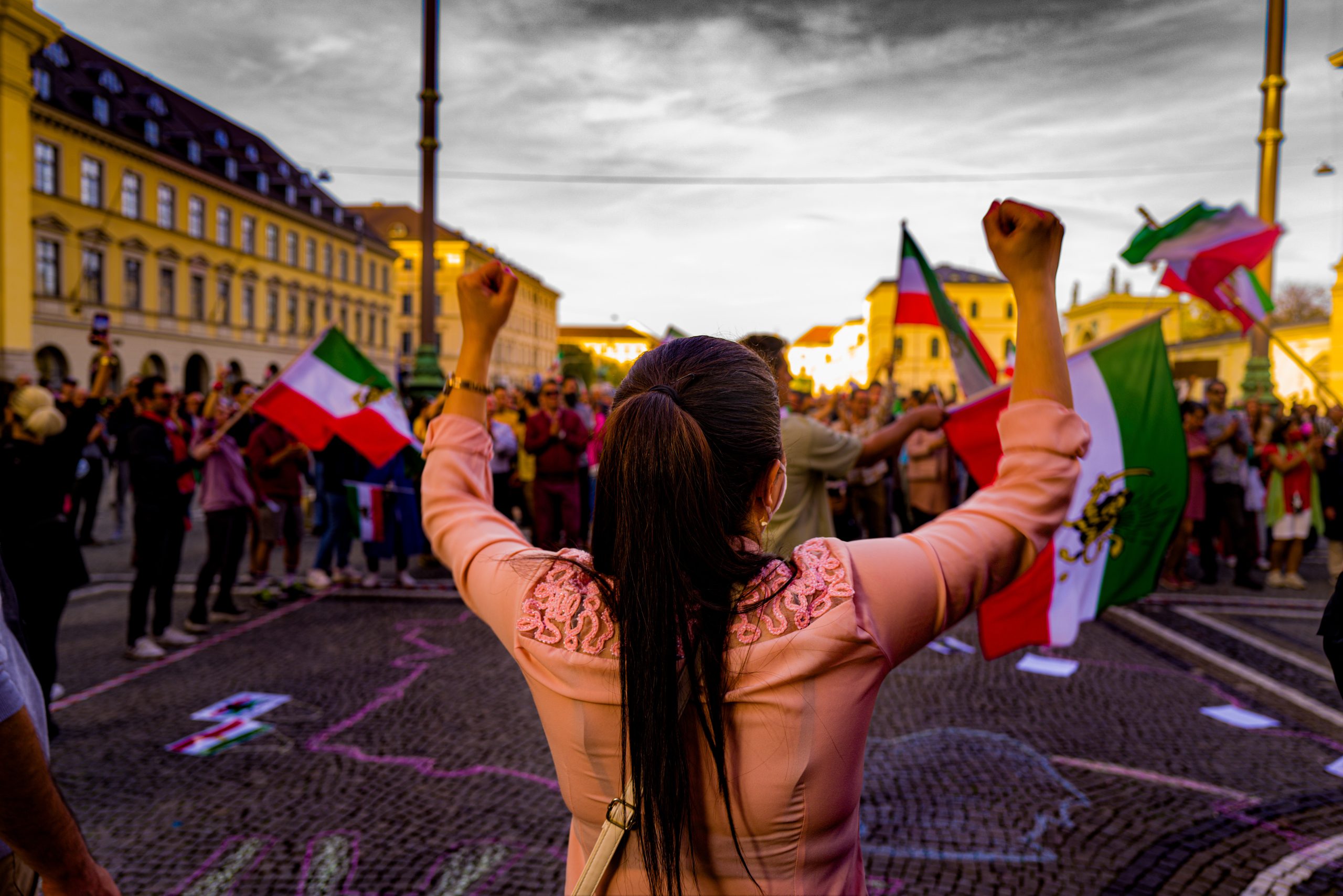In June 2021, Chief Justice Ebrahim Raisi, an ultra-conservative, won the presidential elections, marking a power shift to the broader conservative camp. As a result, significant protests demanding regime change emerged in September 2022, which the government temporarily subdued by early 2023. However, this period marked a pivotal moment in Iran’s political landscape, showcasing the growing divide between state and society.
By early 2023, Iran faced its most severe political and economic crisis since the 1979 revolution. The national currency plummeted, and the inflation rate reached approximately 50%. Poverty expanded, particularly impacting Iran’s dwindling middle class. However, despite failed nuclear deal negotiations and enduring U.S. sanctions, Iran illicitly boosted oil exports, reaching a four-year high, with China as the main recipient.
Internal mismanagement and corruption worsened under the current administration. Given the government’s failure to adequately address the basic economic needs of an increasing portion of society and its reliance on force, new protests will likely emerge. This political shift increased a possibly irreversible gap between the regime and society, raising questions about the sustainability of the rule.

